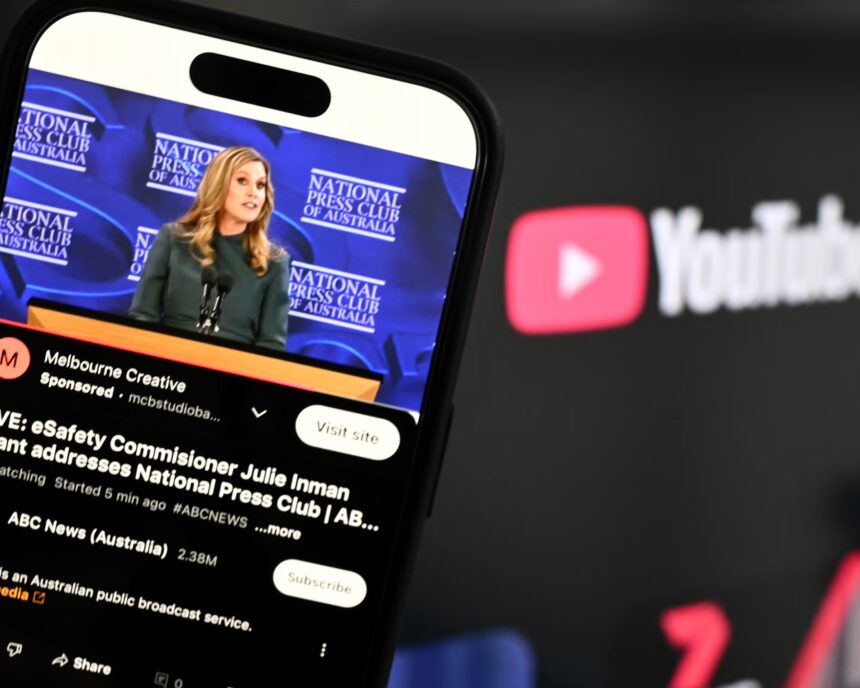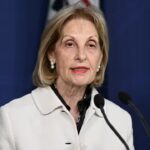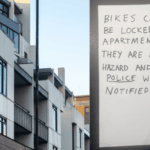Growing concern surrounds the inclusion of YouTube in Australia’s under-16 social media ban. The eSafety Commissioner’s research reveals alarming trends of harmful content exposure to younger viewers, especially children under 13. Yet YouTube creators and child-focused entertainers argue that banning the platform could undermine education and creativity for millions of families.
eSafety Data Reveals Alarming Exposure Among Young Users
eSafety Commissioner Julie Inman Grant released findings showing that 76% of children aged 10 to 15 had used YouTube. Among those exposed to potentially harmful content, 37% had encountered it on the platform—a significant number that drove her recommendation not to exempt YouTube from the federal ban.
The survey showed even more striking data for younger children. Kids aged 10 to 12 were more vulnerable, with 46% exposed to harmful material on YouTube, compared to 27% of older teens.
Despite this, other forms of abuse such as grooming and image-based offences appeared more common on platforms like Snapchat.
Content Creators Warn Ban Would Harm Kids’ Educational Access
Popular YouTube creators say including the platform in the ban would be a devastating setback for children’s entertainment and education. Shannon Jones of Bounce Patrol, which has 33 million subscribers, insisted:
“YouTube is not social media… I care deeply about kids and their watching habits.”
She argued that YouTube is a tool, not a danger, and allows parents to filter and guide viewing safely. Forcing kids off logged-in accounts would remove parental controls, exposing them to more risk, not less.
Pushback from Creators as Government Review Looms
Alan McInnes from The Mik Maks and creators from Lah-Lah’s Big Live Band also voiced concern. Many had shifted from television to YouTube during the pandemic to reach families with safe, curated content.
McInnes emphasized:
“A one-size-fits-all ban is not the way forward.”
YouTube echoed this in its recent email to creators, warning that any reversal on its exclusion from the ban could harm creators, audiences, and the broader Australian creative economy.
The eSafety Commissioner stated children could still access YouTube without logging in, but creators argue this would prevent parents from using essential restrictions and filters.
Federal Lobbying Efforts Heat Up Before Parliamentary Sitting
As pressure builds ahead of Google’s annual showcase at Parliament House, creators and YouTube are expected to intensify lobbying efforts. The event, attended by figures like The Wiggles in previous years, has become a critical space for influencing digital regulation.
Julie Inman Grant maintains her stance is based on evidence, aiming to protect the youngest users online. However, content creators warn that excluding YouTube from exemptions will do more harm than good—removing access to safe, enriching digital spaces for Australia’s children.






